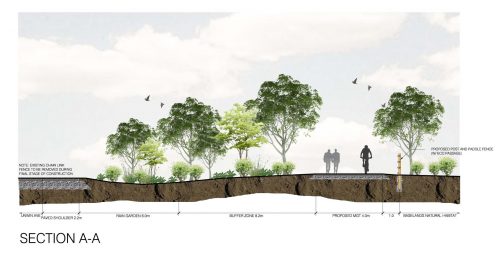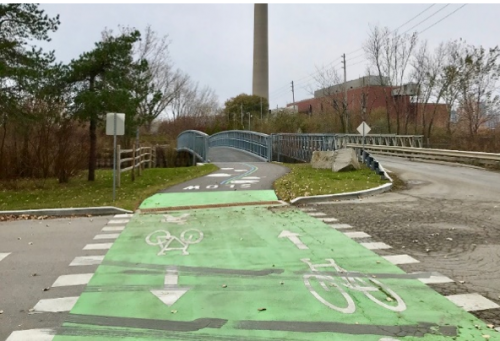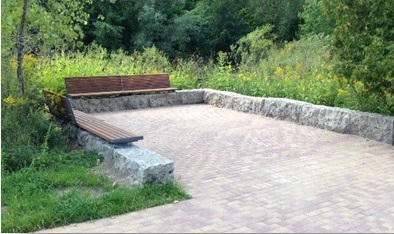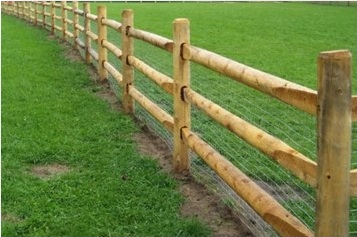
The Martin Goodman Trail (MGT) is part of a larger network of over 300 km of trails within the City of Toronto.
The Unwin Avenue section of the MGT, completed in 2019, filled in a missing link to complete a 20+ km trail along Toronto’s waterfront from the western to the eastern beaches.
This connection was identified in the Baselands Trail Master Plan in April, 2015, and as part of Toronto’s 2016 Ten Year Cycling Network Plan. This trail connection provides a safe and accessible route for trail users.






